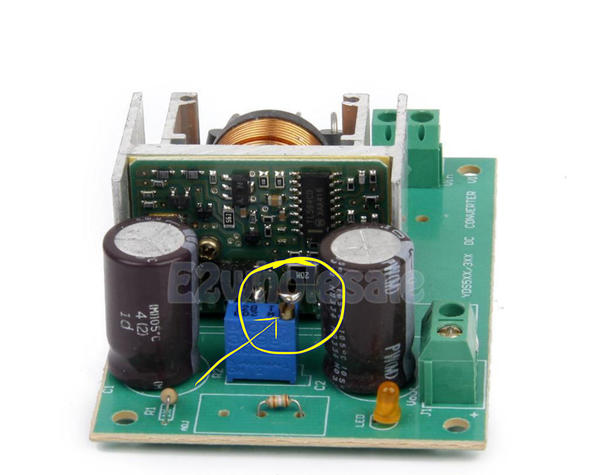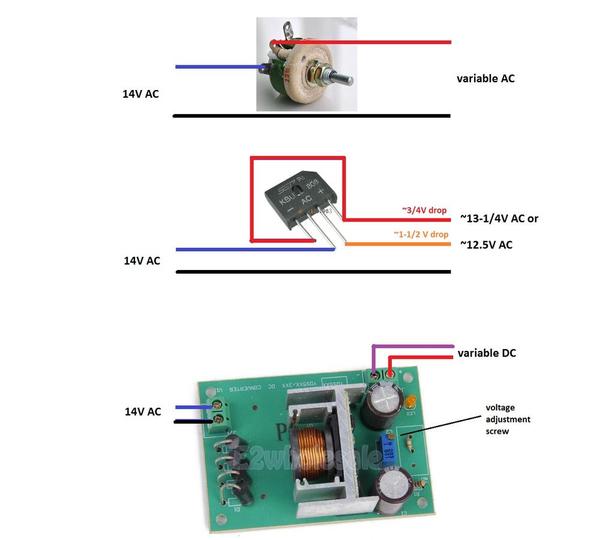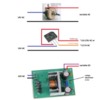We used an HO transformer and created a 12 volt DC bus on the Eagle Scout museum project layout. That would provide power for all kinds of devices.(Look at the 11/14/16 and the 1/22/17 posts)
When we wanted lower voltages, we used these small adjustable out boards. Ours were the rectangular shape. These boards are small.
We had timers, audio players, rows of street lamps, action accessories and relays to control AC power just to name some of the toys we put to use.
My thinking was that I didn't want the heat of a conversion module or a conversion module at all just for simplicity. I didn't know who would come after me and have to repair or modify something on the display layout. Seeing a supply transformer for DC power, one would determine that everything connected to it was a DC powered device. The variable step down boards are something that is typically available.
AC accessories can be finicky. Gabe the Lamplighter liked 15v, most were ok at 14v, and some liked 12v. So, I never did "tune" those. They just ran on 14v. We didn't have any that had coil buzz. If we did, I would have converted them to DC.
We also tried to use LED lighting wherever we could. Streetlamps were converted, structures, signs. All ran off of the DC bus with dialed in voltage using the variable boards. It was easier to leave the MTH buildings on AC, but future work had them on the conversion to LED schedule. All of the AC powered bulbs summed up to quite a current draw and created heat that we didn't want for safety purposes.

















